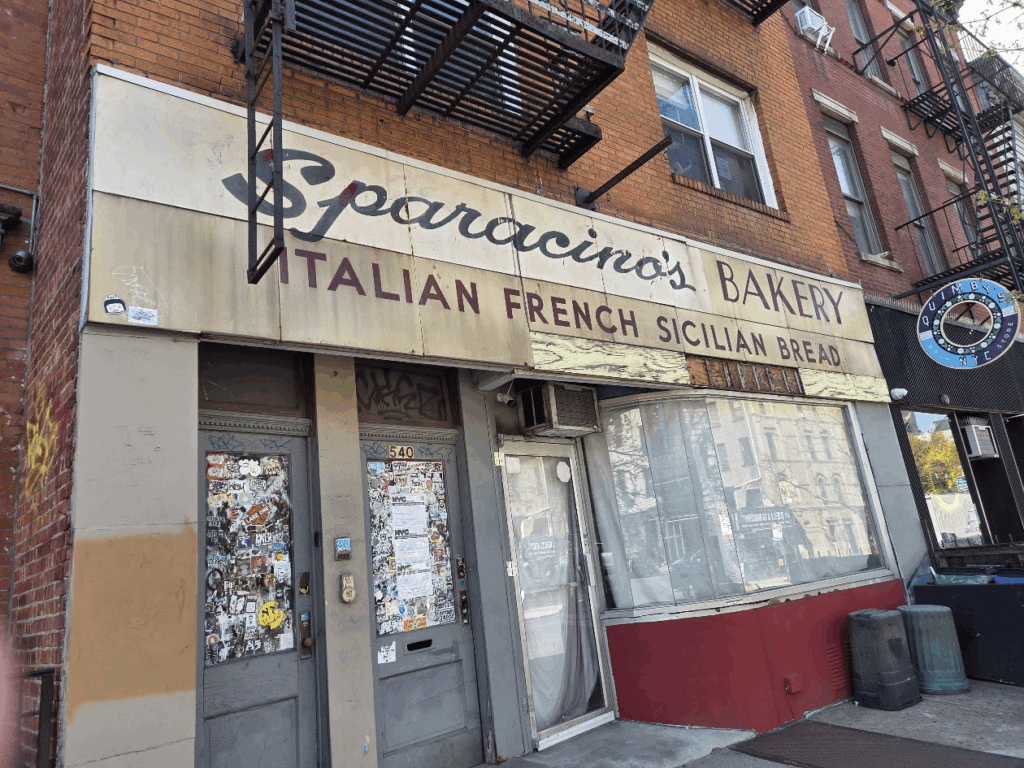Tuesday, April 29, 2025 – RAW MILK AND BAD CONDITIONS, A RECIPE FOR DEATH


THE 1850’S SWILL MILK SCANDAL
“HOW WE POISON OUR CHILDREN”
Tuesday, April 29, 2025
NEW YORK ALMANACK
ISSUE #1437
‘How We Poison Our Children’: The 1850s Swill Milk Scandal
April 25, 2025 by Alan J. Singer

The federal Centers for Disease Control and Prevention (CDC), Food and Drug Administration (FDA), and the United States Department of Agriculture (USDA) and the American Academy of Pediatrics all recommend drinking only pasteurized milk and eating dairy products made with pasteurized milk. Even organic milk is only safe to drink if it was pasteurized.
The safety of drinking unpasteurized milk and dairy products made from unpasteurized milk is in the news because Secretary of Health and Human Services Robert Kennedy Jr. advocates drinking raw milk and is critical of federal regulations.
Current federal law prevents the sale of raw or unpasteurized milk across state lines. Because of budget and workforce cuts by the Trump administration and its Elon Musk-led Department of Government Efficiency (DOGE) the Food and Drug Administration was forced to suspend its quality control program for testing milk and other dairy products.
Concerns about ingesting adulterated or untreated milk has been a major medical and political issue since the middle of the 19th century when food poisoning was a major cause of illness and death. In May 1858, the New York Times and Frank Leslie’s Illustrated Newspaper exposed the dangers of the unregulated production of milk.
Cows stabled in the metropolitan area, especially in the independent city of Brooklyn, were fed swill, the residual mash created during the distillation of whiskey, producing a bluish adulterated milk. To sell the milk produced by these cows to unsuspecting consumers, it was colored with Plaster of Paris and thickened with food starch and rotten eggs.
Studies by the New York Academy of Medicine found that milk from cows fed the whiskey swill contributed to an increase in infant mortality in the city. The Times estimated that as many as 8,000 infants a year died from the poisoned milk.
The Frank Leslie’s exposé reported that the dairies feeding cows the whiskey swill were also filthy and overcrowded with diseased cows standing in their own manure. Many of these cows had interior ulcers and sores producing pus that visible in their udders.
A New York Times editorial titled “How We Poison Our Children” accused the city’s Inspector’s Department and Health Wardens of being a sham with no power to prevent abuses. Not surprisingly, Tammany Hall defended the production and sale of the tainted milk and one of the most notorious defenders of the practice was put in charge of a Board of Health investigation.

At hearings, the Tammany representatives protected the dairies, savaged their critics, and claimed the swill milk was actually healthier for children to drink than unadulterated milk. After the Board of Health exonerated the distillers and dairies, public outcry led to an 1862 milk regulation law. However, a federal Pure Food and Drug Act was not passed until 1906.
Other diseases that impact people can be spread through untreated milk and unregulated production. People can be infected with M. bovis tuberculosis by ingesting contaminated dairy products. Pasteurization, however, destroys disease-causing organisms rapidly heating followed by cooling milk.
Drinking unpasteurized milk can also cause Salmonella, Campylobacter, E. coli, Listeriosis, and Brucellosis infections. Symptoms of these infections include vomiting, diarrhea, abdominal cramps, and fever. The “bird flu” virus has been found in raw milk from cows infected with avian influenza.
Most at risk of illness are young children, pregnant women, older people, and people with weakened immune systems. In severe cases the infections can cause kidney disease, miscarriages, and be life threatening.
Between 1998 through 2018, there were over two hundred outbreaks of infection in the United States caused by people drinking raw milk. There were reported 2,645 illnesses and 228 hospitalizations.
PHOTO OF THE DAY
LAST REMINDER ON MANHATTAN AVENUE,
BROOKLYN HAS BEEN CLOSED FOR 20 YEARS
STILL THE SIGN REMAINS

CREDITS
NEW YORK ALMANACK
JUDITH BERDY
All image are copyrighted (c) Roosevelt Island Historical Society unless otherwise indicated
THIS PUBLICATION FUNDED BY DISCRETIONARY FUNDS FROM CITY COUNCIL MEMBER JULIE MENIN & ROOSEVELT ISLAND OPERATING CORPORATION PUBLIC PURPOSE FUNDS.


Copyright © 2024 Roosevelt Island Historical Society, All rights reserved.Our mailing address is:
rooseveltislandhistory@gmail.com

Leave a comment